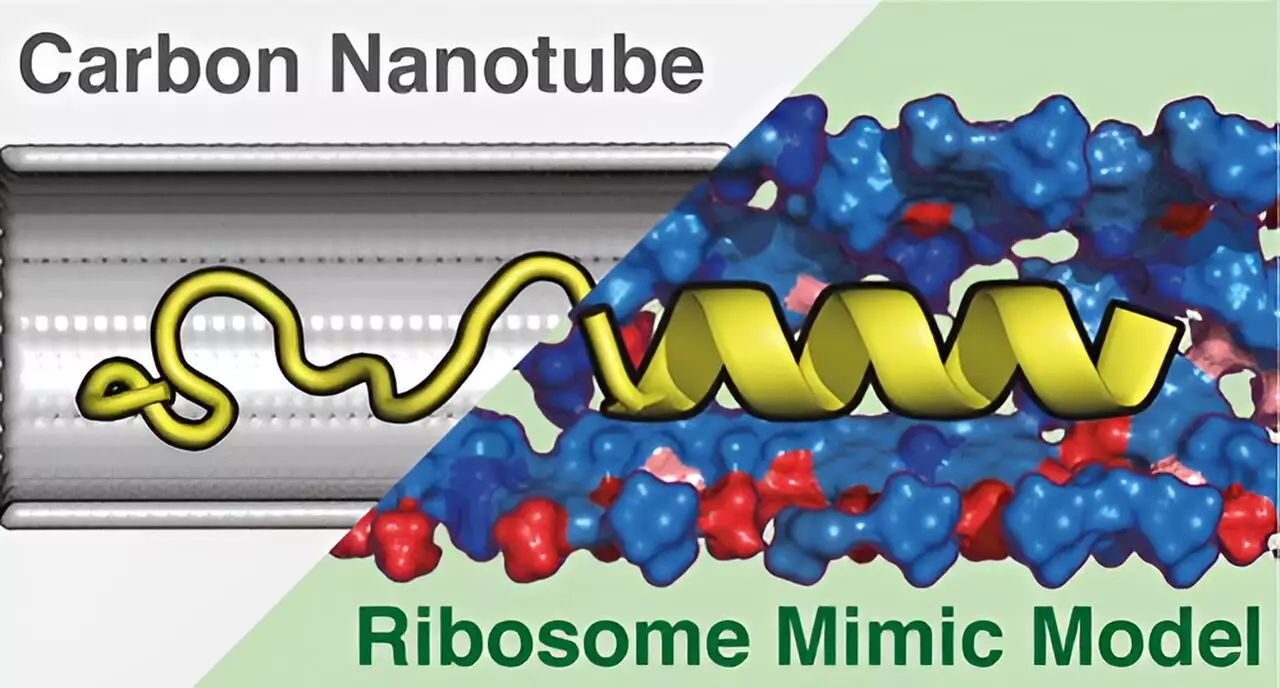Ribosomes are essential cellular components responsible for translating genetic information into functional proteins. These minute structures operate as the site of protein synthesis, where messenger RNA (mRNA) sequences are decoded to assemble amino acids into polypeptide chains. This process is critical for cellular function and organismal development. However, the complexities involved in how these translations occur, particularly within the confined spaces of ribosome tunnels, have been enigmatic to scientists. Recent work from researchers at the University of Tsukuba sheds light on the intricate dynamics at play during protein synthesis by simulating the ribosomal internal environment through sophisticated computational techniques.
To deepen our understanding of ribosome function, the researchers crafted a novel model, termed the ribosome environment mimicking model (REMM). What sets REMM apart from prior models is its ability to replicate not only the inner diameters but also the essential chemical characteristics of ribosome tunnels. This development is significant since previous models often overlooked these chemical nuances, which could greatly impact protein behavior. For comparative purposes, the team also created a conventional carbon nanotube (CNT) model that solely focused on the physical dimensions of the tunnel, ignoring the chemical context within which ribosomes operate.
The research utilized molecular dynamics simulations to explore how these two models interacted with various proteins. The findings revealed that REMM was far more effective in mirroring the actual 3D structures of proteins as observed through experimental methods, demonstrating that the chemical diversity present in REMM is crucial for accurately capturing the realities of protein folding and assembly during translation processes.
Interestingly, the study highlighted that proteins begin to adopt their functional 3D conformations while still situated within the ribosome tunnel. This finding points toward a fascinating relationship between the ribosomal environment and the efficiency of protein synthesis. Although researchers have established that proteins can indeed fold while still being synthesized, the underlying mechanisms remain elusive. The insights provided by the REMM offer a promising avenue for exploration, potentially paving the way for significant advancements in our understanding of protein structure formation and its biological implications.
Moving forward, the research team intends to refine the REMM further, aiming to develop even more sophisticated simulations that could offer deeper insights into the ribosomal processes and protein behaviors within living cells. Understanding these processes more comprehensively could have far-reaching implications, such as enhancing biotechnological applications, informing drug design, or even addressing diseases related to protein misfolding.
The work led by the University of Tsukuba represents a remarkable leap forward in simulating ribosomal environments. By mimicking the complexities of ribosome tunnels, this innovative model provides a critical tool for scientists eager to decode the intricate world of protein synthesis and folding, ultimately enriching our grasp of cellular biology.

